Herringbone flooring offers timeless style, but its elegance brings specific challenges when it’s time to restore or refinish the surface. Unlike traditional straight plank layouts, the angled, interlocking design of a herringbone pattern makes sanding and refinishing a more complex task. The grain direction constantly shifts due to the way boards intersect at 90 degrees, so standard sanding approaches often leave swirl marks or dull spots. Restoring the floor’s appearance without damaging the pattern’s geometry requires careful, often slower, machine work.
Professionals typically use smaller sanding machines or hand tools for certain sections of herringbone floors, which adds both time and labor cost. This is especially important during the initial sanding pass, where any uneven pressure or poor grit choice can create visible inconsistencies across the finished surface. With herringbone flooring, visual rhythm is everything. If the sheen is uneven or the edges lose their definition, the pattern’s entire character can appear muted, even if the material itself is still structurally sound.
Edge definition is another issue unique to herringbone refinishing. Since the pattern relies on crisp joints and symmetrical layout, any over-sanding along the borders can soften the angles and blur the design’s impact. In straight plank floors, sanding a few millimeters too far might go unnoticed, but with herringbone, it distorts the visual line that connects each piece. This is especially true with bevelled-edge boards, where a light hand is required to preserve the original detail. Experience with this layout makes a big difference—something our team always prioritizes when advising clients or partners on flooring upkeep.
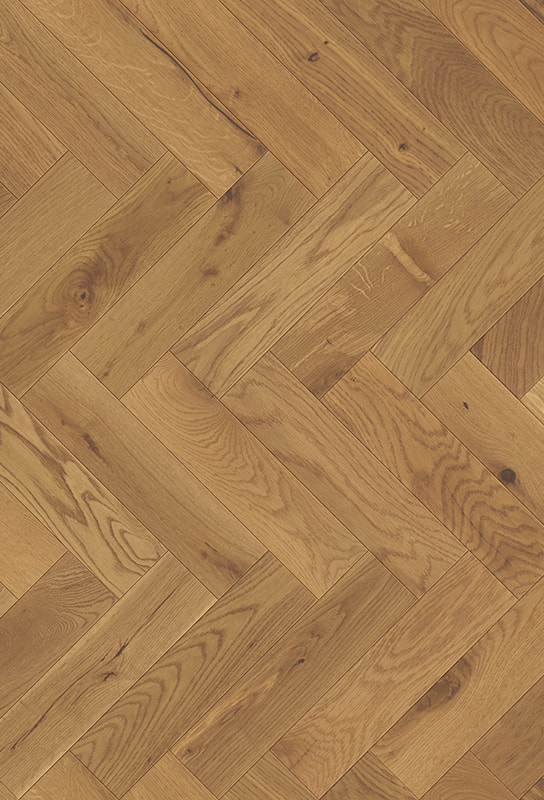
Finish selection also requires extra care. Glossy coatings tend to reflect light in a way that emphasizes imperfections in pattern symmetry, while ultra-matte finishes can obscure the wood’s natural variation and depth. A well-balanced satin or natural oil finish often delivers the best result for herringbone flooring—enhancing color and grain without overpowering the pattern. These choices are not just about appearance; some finishes respond better to spot repairs or future recoats, helping maintain the floor with less disruption over time.
Timing of the refinishing is another key consideration. With herringbone floors, it’s best not to wait until wear is extreme. Once deep scratches or dents begin affecting multiple directional planks, isolated fixes become harder. Replacing boards within a pattern is not as simple as pulling and plugging a straight plank. Matching the direction, angle, and tone of the new piece with the rest of the layout requires precision cutting and color blending. This increases cost and time, and occasionally, visual perfection isn’t fully achievable.
Environmental conditions during refinishing also play a more prominent role. Because herringbone layouts involve more board ends per square meter than standard floors, there’s a higher risk of joint movement if humidity or temperature fluctuate significantly during the process. This means acclimating the space properly and controlling indoor conditions both during and after sanding and finishing. Clients with radiant heating or large windows should pay special attention to this factor, which our team always considers in pre-job planning.
On older herringbone installations, particularly those using solid hardwood, there's often a limit to how many times the floor can be sanded before the tongue-and-groove structure is compromised. Knowing how much material is left to work with is essential. Thickness gauges and experience with similar species help our technicians make informed decisions about whether a full sand-down is safe or if a lighter buff-and-recoat is the better option. Preserving the floor’s integrity while enhancing its look is always the goal.
As a manufacturer, we design our herringbone flooring products with restoration in mind—stable core structures, balanced finishes, and consistent tolerances help reduce risks during refinishing. While it's a more demanding process than with standard plank floors, the results are worth the care. A professionally refinished herringbone floor doesn’t just regain its beauty; it reasserts the precision and artistry that made it a statement in the first place.


 English
English 中文简体
中文简体 Français
Français
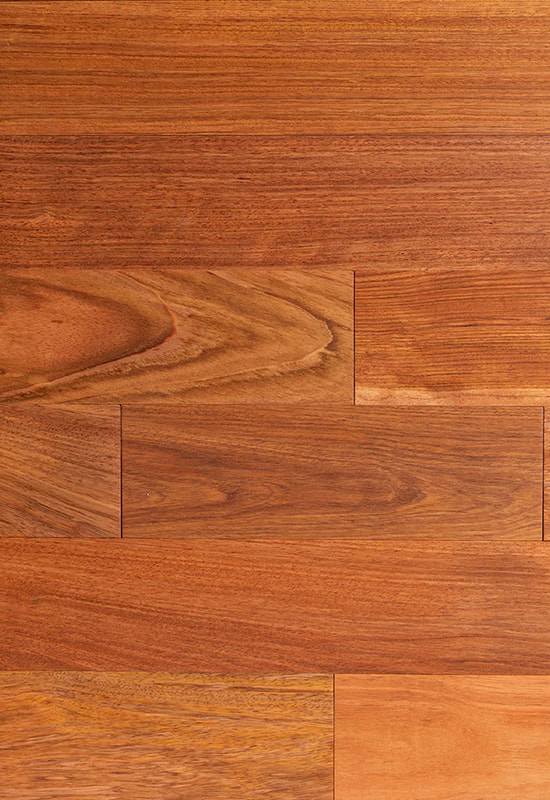
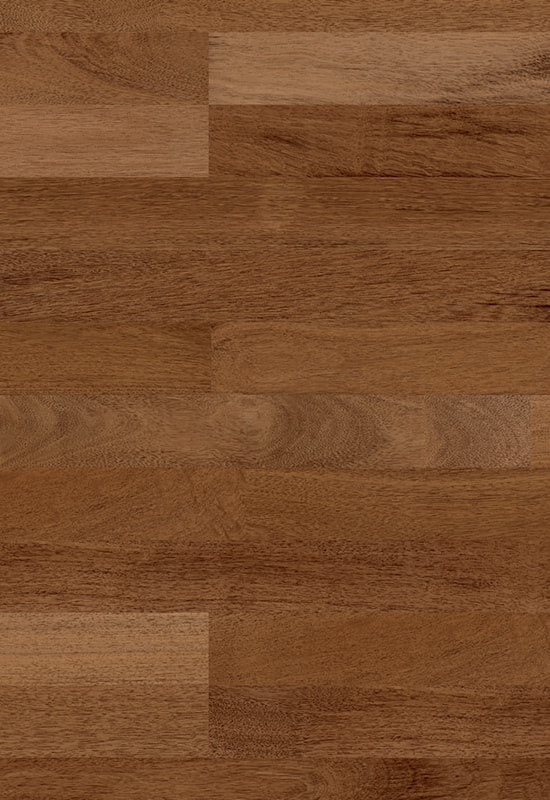
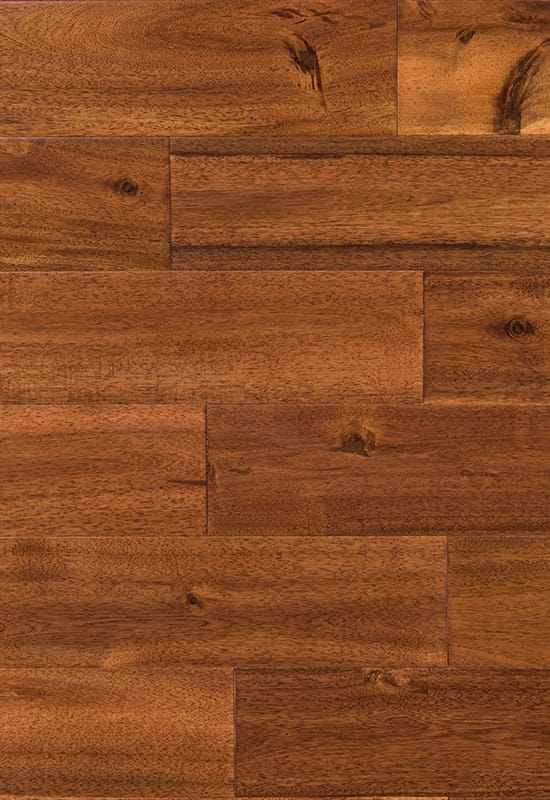
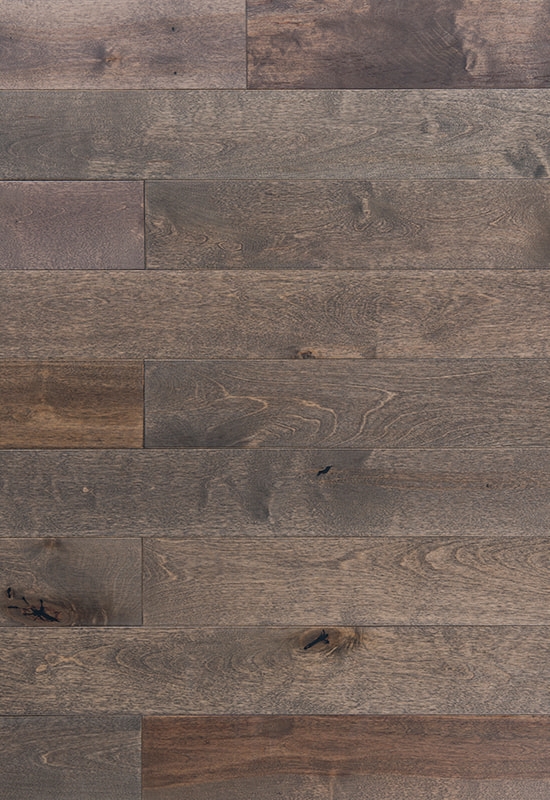
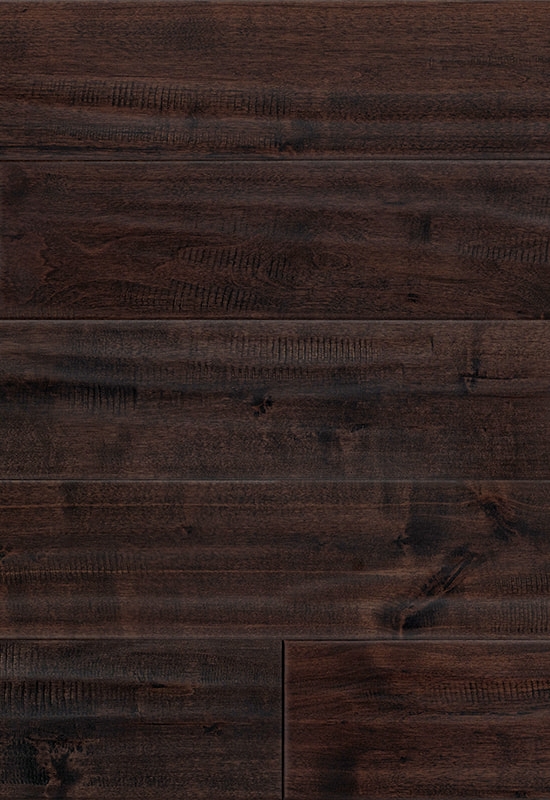
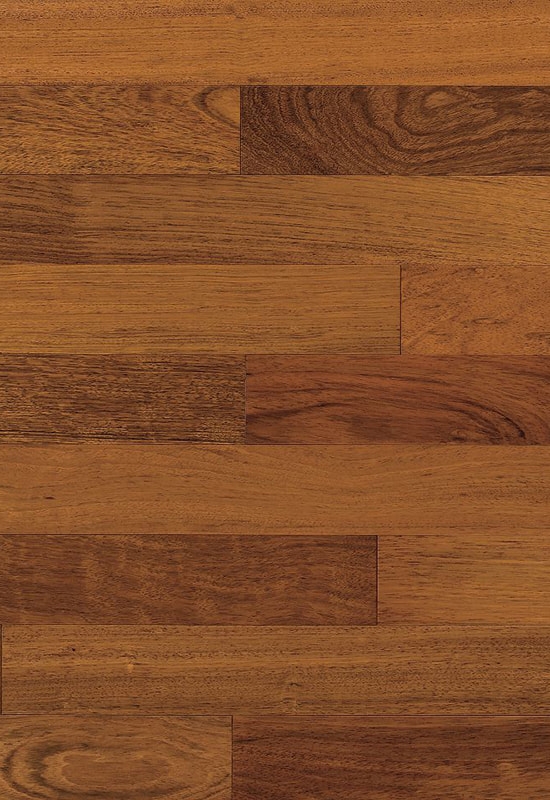
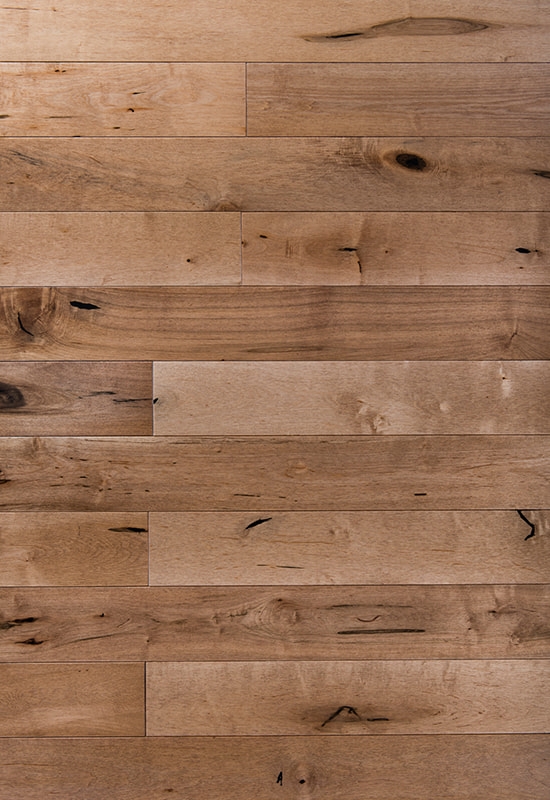
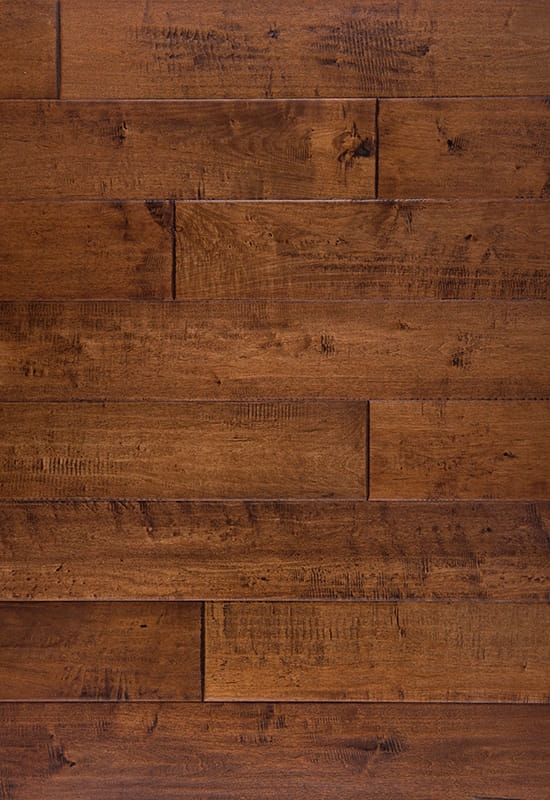
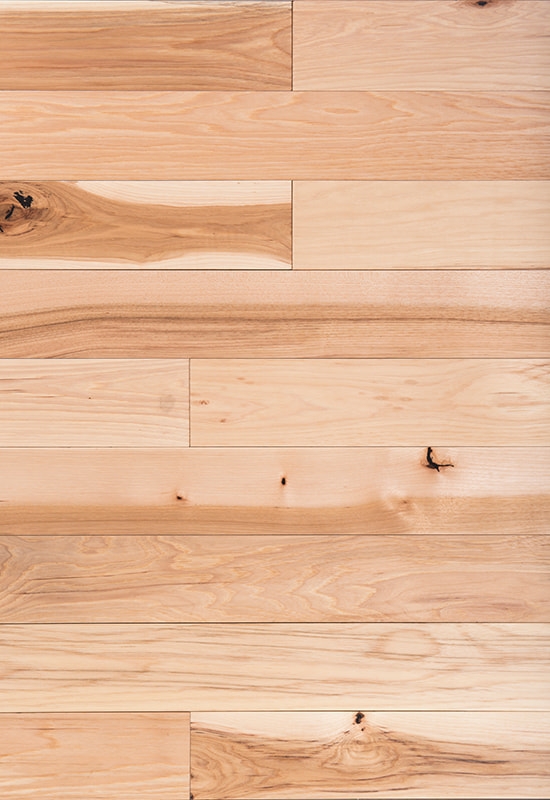
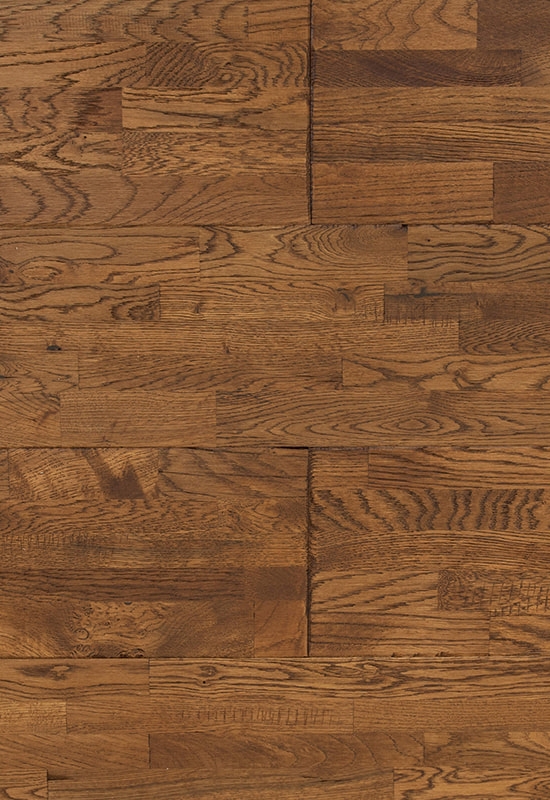
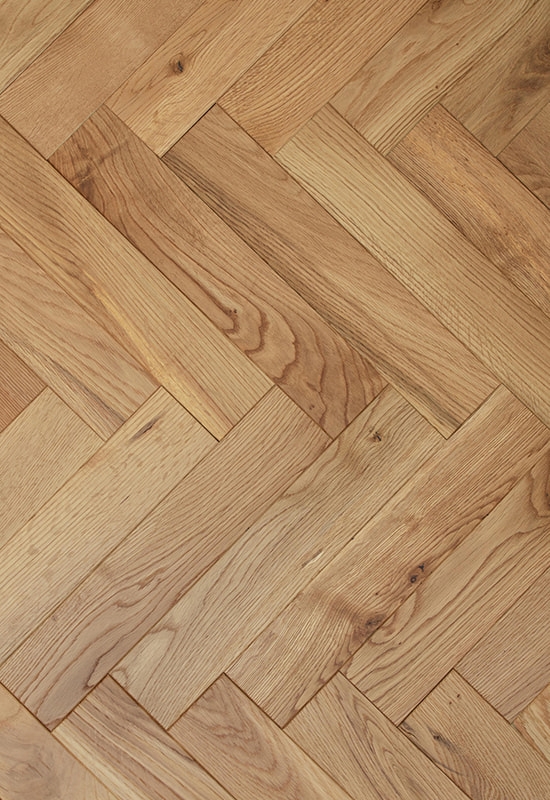
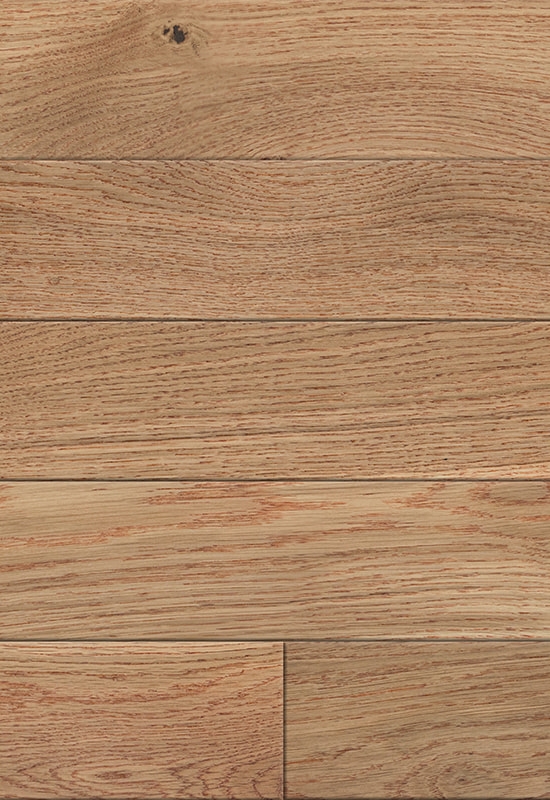

 +86-572-2118015
+86-572-2118015 No.598. Gaoxin Road, Huanzhu Industrial Zone, Huzhou City, Zhejiang Province, China, 313000
No.598. Gaoxin Road, Huanzhu Industrial Zone, Huzhou City, Zhejiang Province, China, 313000 